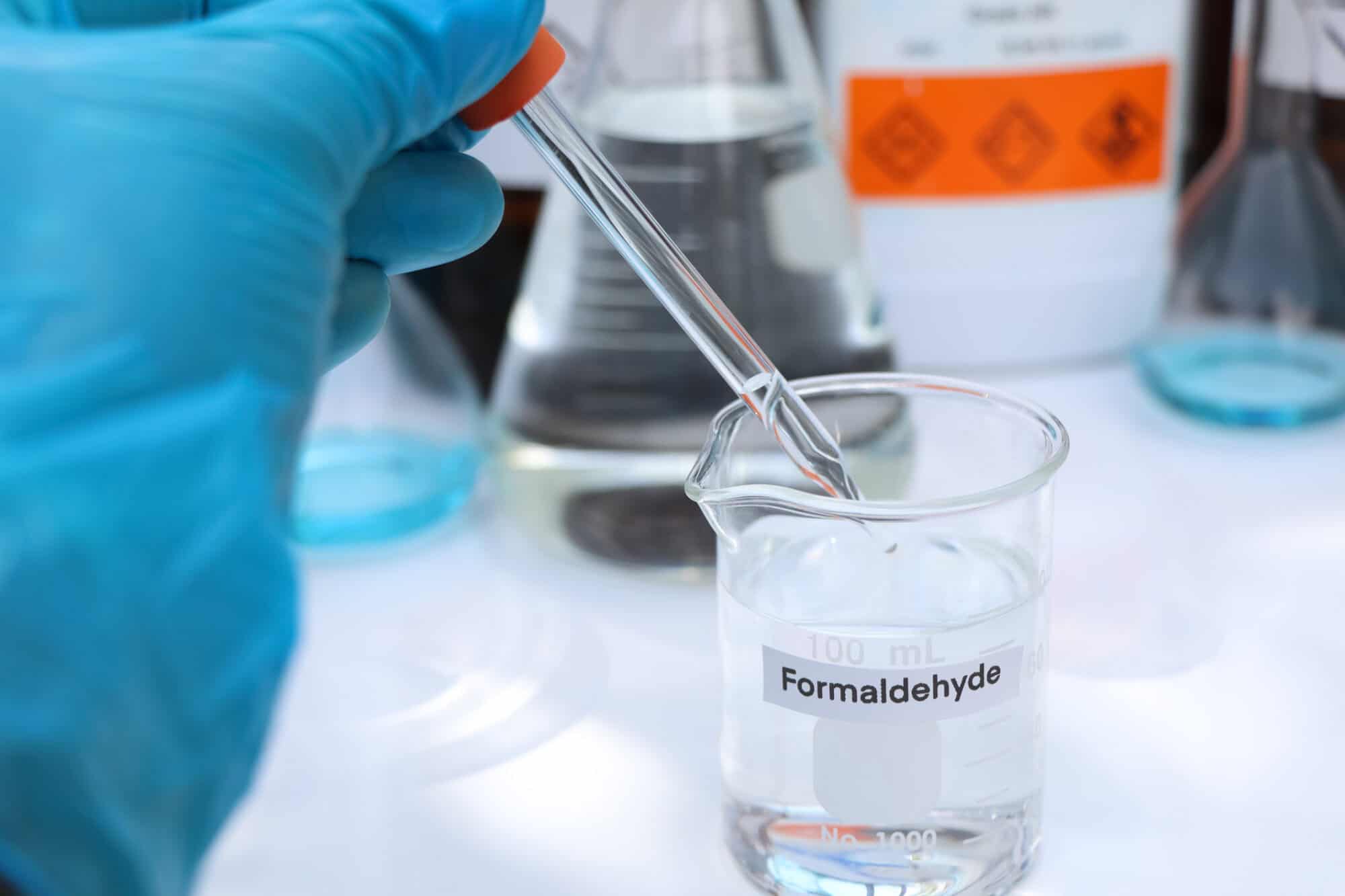NAM to EPA: Reissue Formaldehyde Analysis

The Environmental Protection Agency’s final formaldehyde analysis—issued in August and set to inform future regulations—risks “creat[ing] an unachievable standard and a de facto ban” on an essential manufacturing material, the NAM said.
What’s going on: On Aug. 20, the EPA’s research office issued its conclusions about the “amount of the chemical that could be harmful” to humans, saying that “[s]mall amounts … can increase people’s risk of [health] problems” (Bloomberg Law, subscription).
- Though the report itself does not mandate any new restrictions on the industry, the EPA is likely to use the findings to take the next step in the regulatory process—a final risk evaluation—by the end of 2024 (The Hill).
- The assessment maintains the formaldehyde threshold of 11 parts per billion proposed by the agency in 2022. That’s 30 times lower than Europe’s recently updated worker-exposure limit of 300 parts per billion and “lower than what can be found in homes or even background levels for outdoor air,” the NAM told the EPA.
Why it’s a problem: Formaldehyde is used widely across industries to produce numerous everyday items, including plastics, lubricants, automotive parts, fertilizers, adhesives and more.
- The final analysis, which was released without review by the EPA’s own Science Advisory Committee on Chemicals, fails to account for “the highly developed safety procedures, protocols and [personal protective equipment] used throughout [the manufacturing] industry.”
- A severe restriction on the allowable workplace threshold of formaldehyde “could wreak havoc on domestic supply chains,” according to the NAM.
What should be done: The EPA should reissue its risk evaluation to give the SACC an opportunity to review it and provide comments—“and allow for additional public comment after the SACC review is complete,” the NAM concluded.
